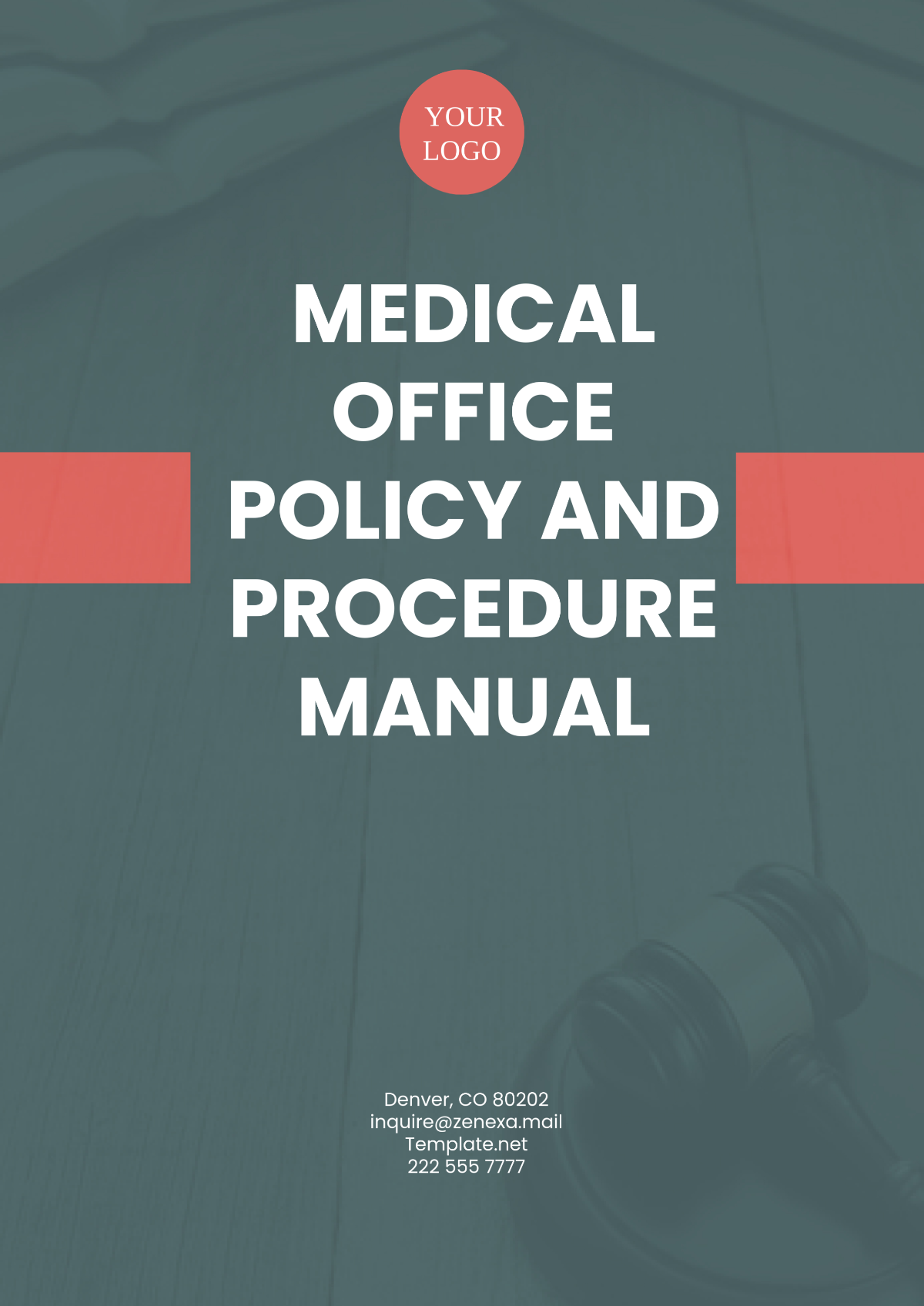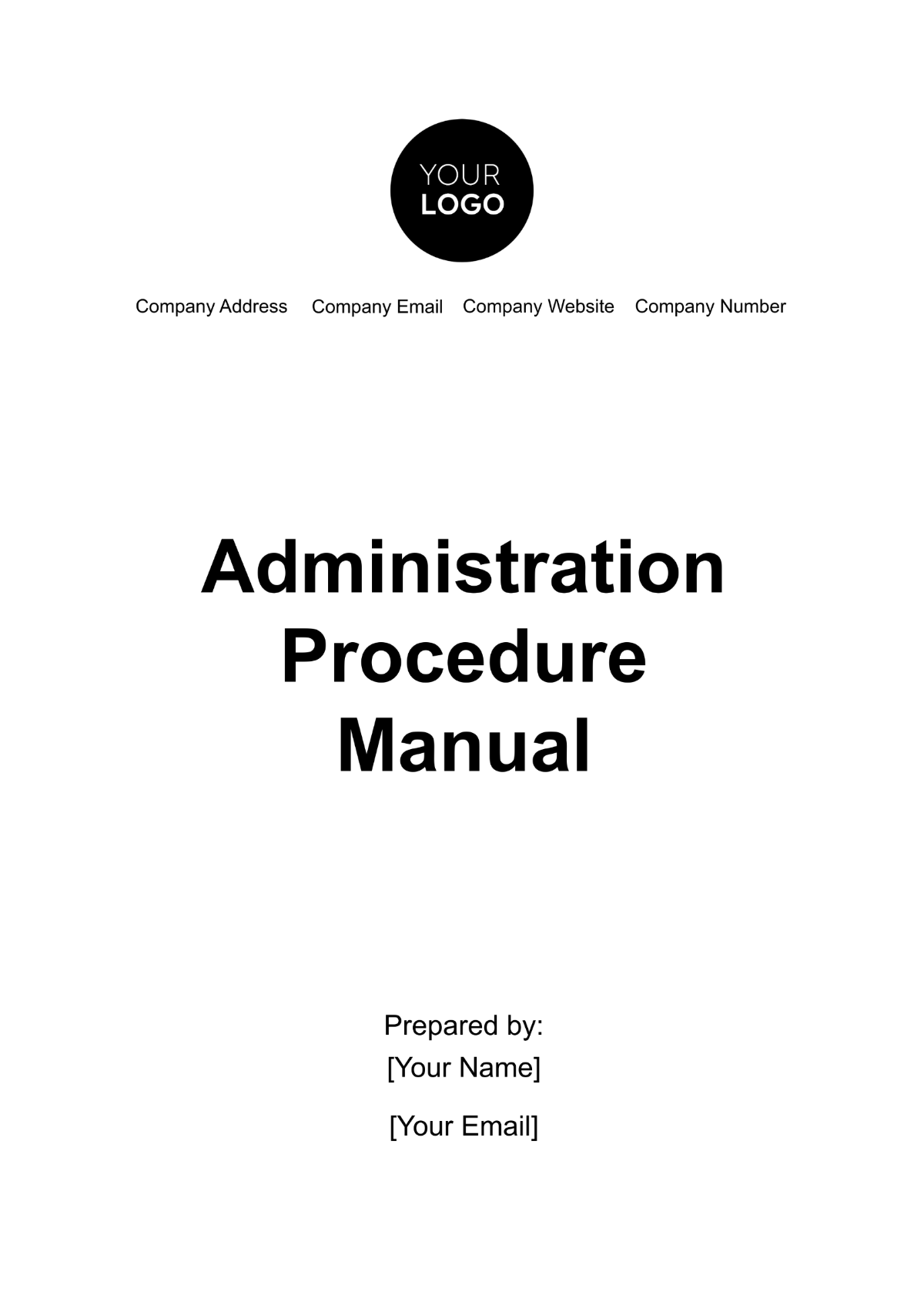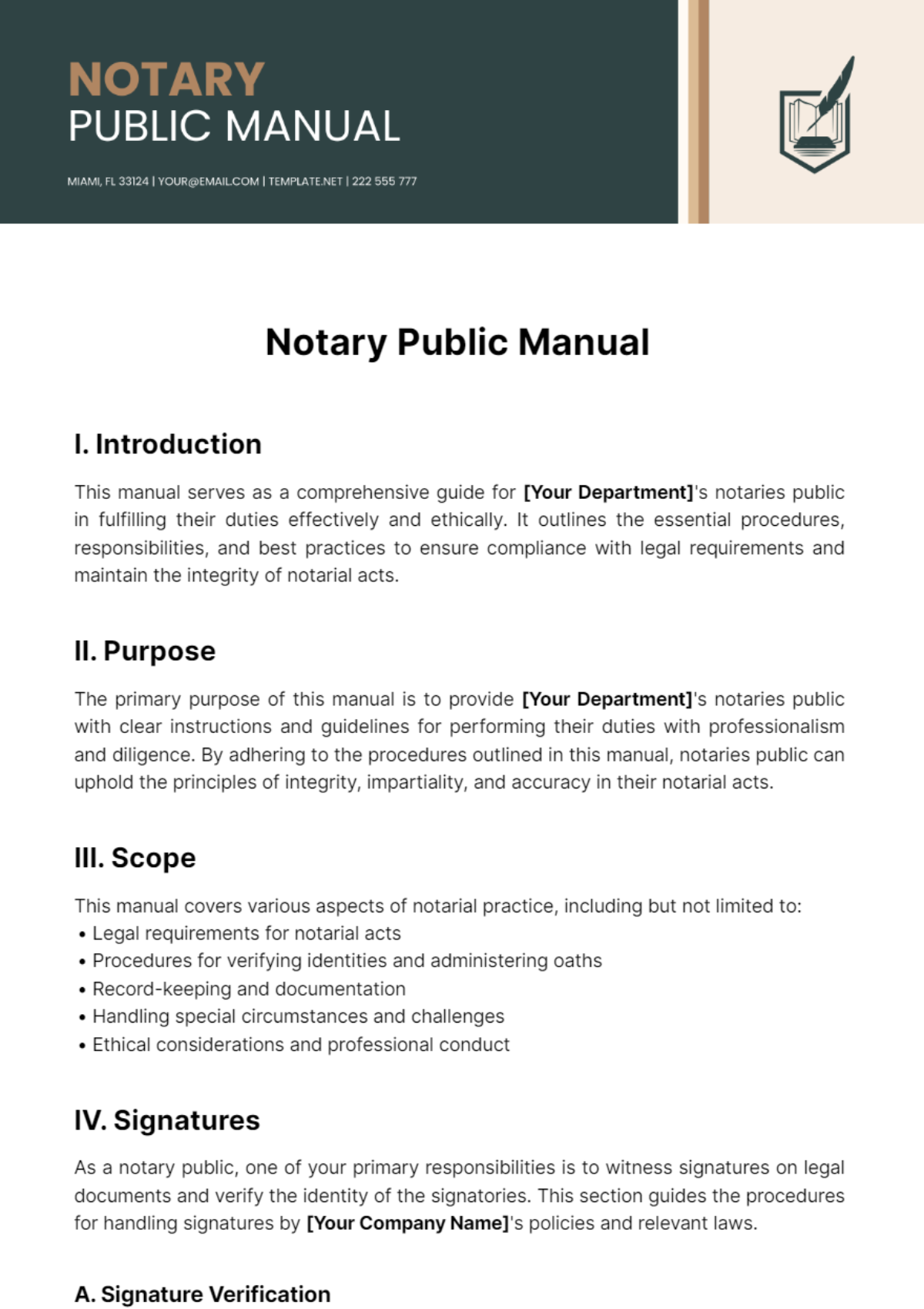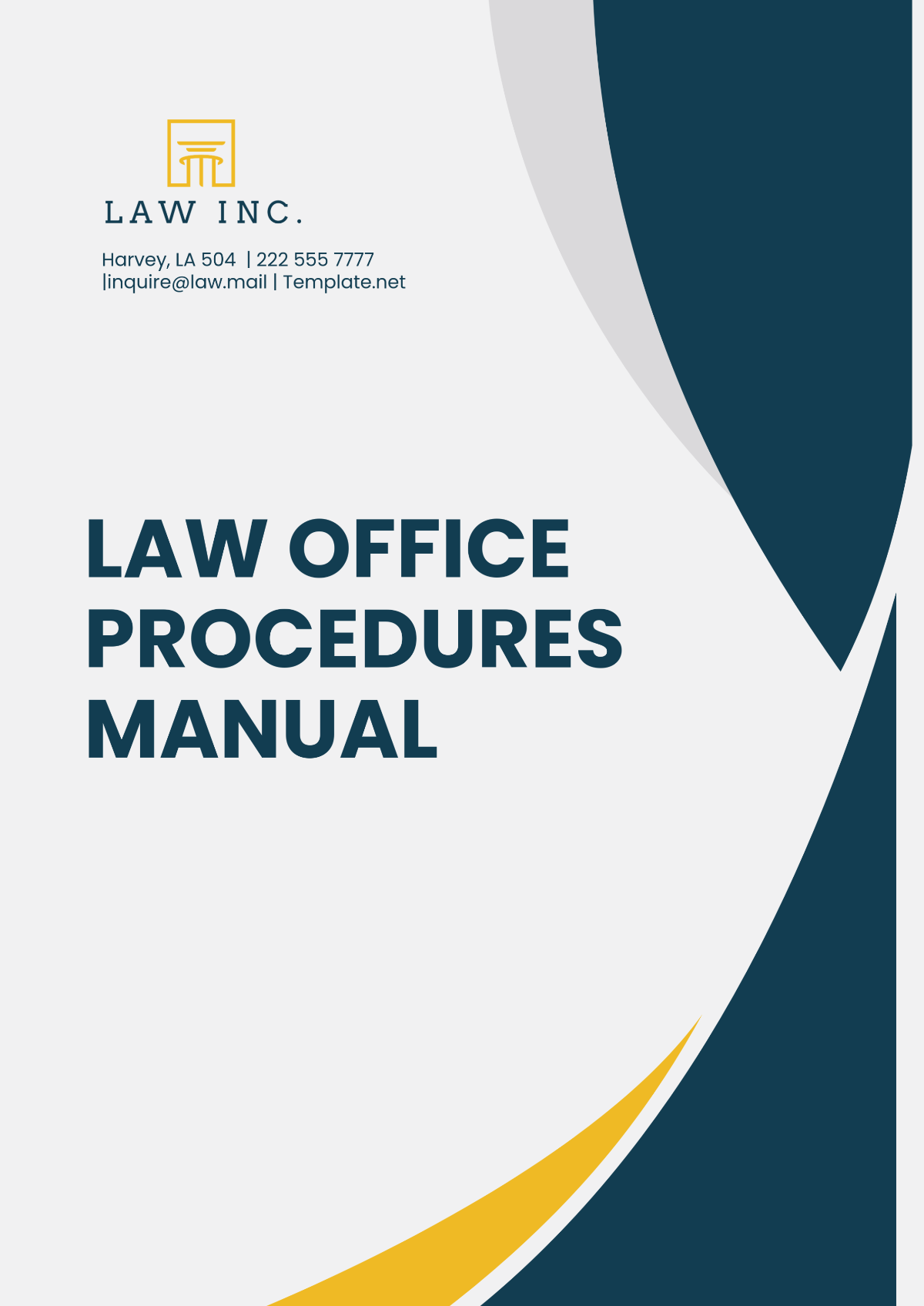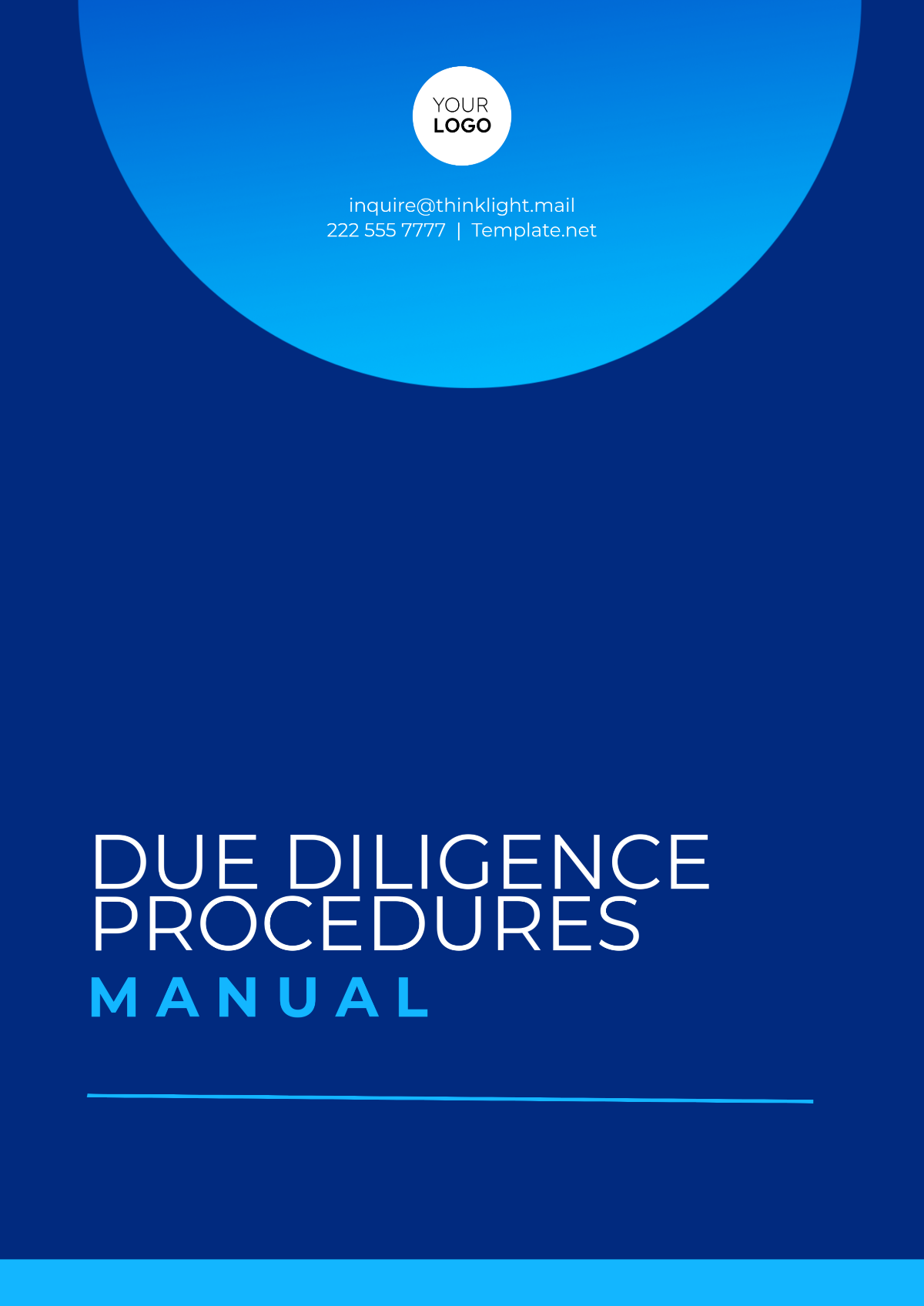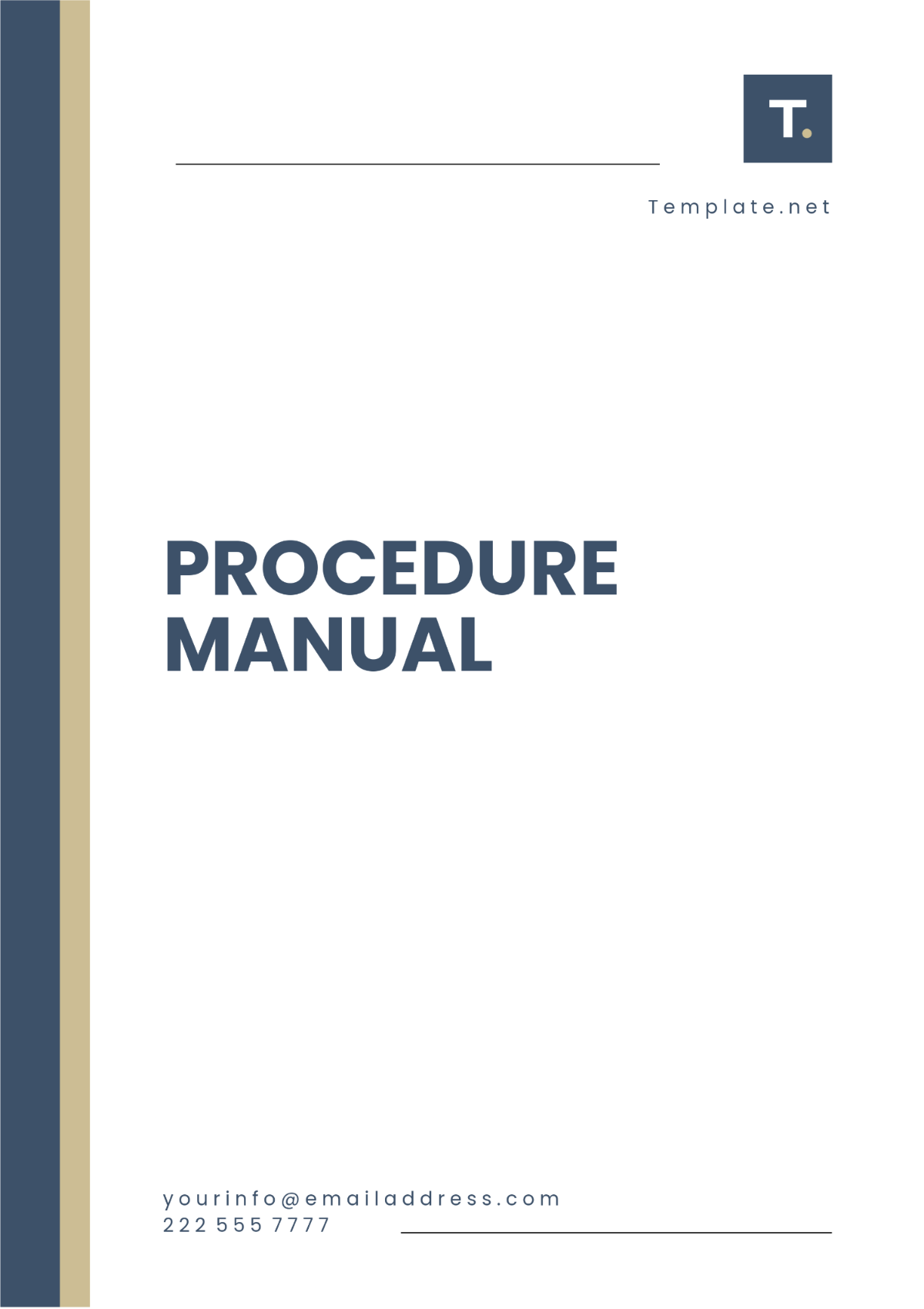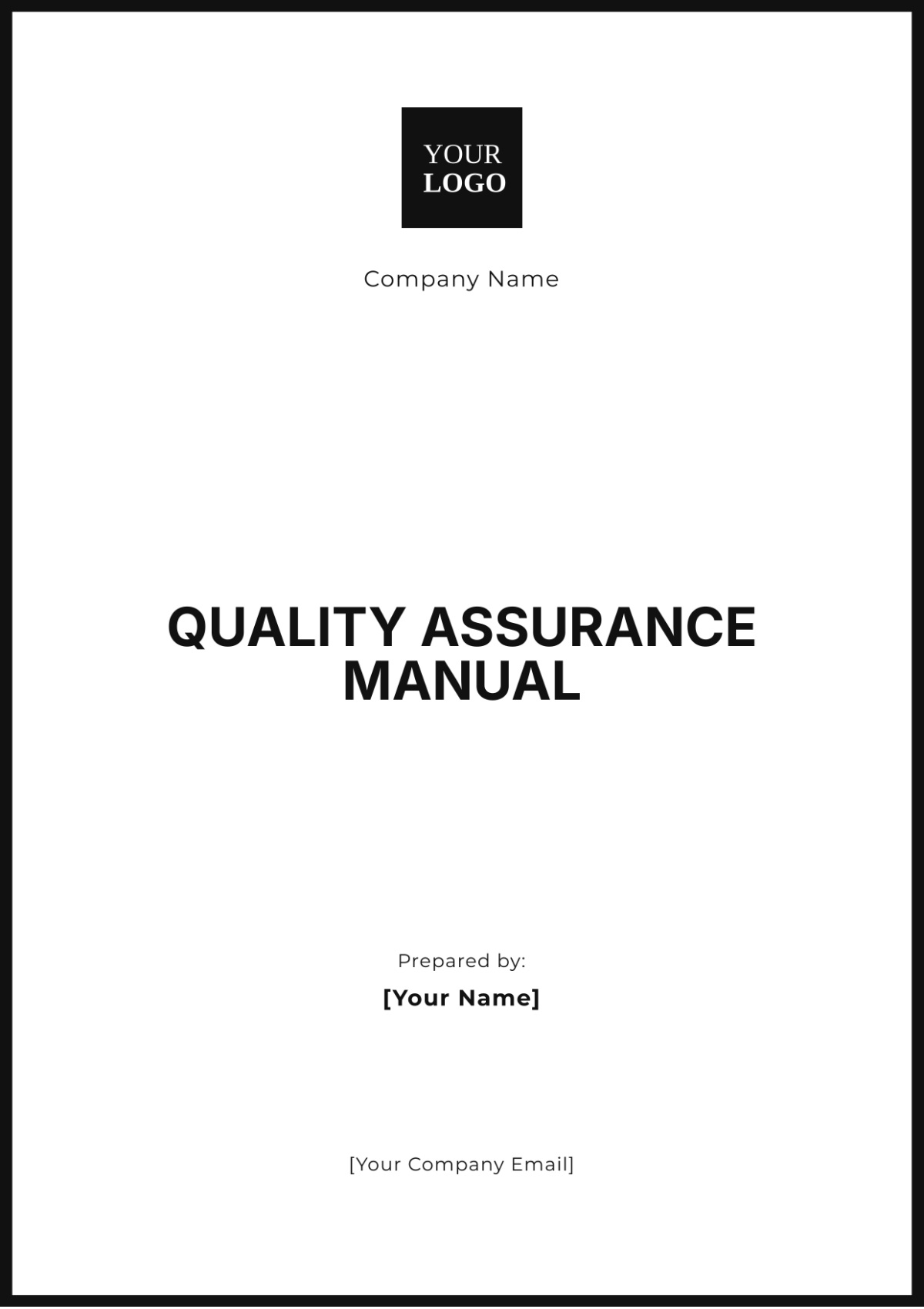Project Management Training Manual
Name | Company | Department | Date |
|---|---|---|---|
[Your Name] | [Your Company Name] | [Your Department] | [Date] |
I. Introduction to Project Management
I.I Definition
Project management is the practice of applying knowledge, skills, tools, and techniques to project activities to meet project requirements. It encompasses various processes aimed at delivering a unique product, service, or result within specified constraints.
I.II Importance
Effective project management is crucial for several reasons:
Resource Optimization: Ensures that resources (time, money, personnel) are used efficiently.
Risk Mitigation: Helps identify potential risks early, allowing for proactive management.
Quality Control: Establishes processes to maintain high standards and quality outputs.
Customer Satisfaction: Increases the likelihood of meeting or exceeding stakeholder expectations.
I.III Objectives of the Manual
This training manual aims to provide a comprehensive understanding of project management principles, methodologies, and tools, ensuring that team members are equipped to manage projects effectively.
II. Project Management Methodologies
II.I Overview of Methodologies
Choosing the right methodology is essential for project success. Here are some common approaches:
Waterfall
Description: A sequential model where each phase must be completed before the next begins.
Advantages: Clear structure, easy to manage, and ideal for projects with well-defined requirements.
Disadvantages: Inflexibility in accommodating changes.
Agile
Description: An iterative approach emphasizing flexibility, customer collaboration, and rapid delivery of small increments of the project.
Advantages: Adaptable to changing requirements and enhances customer satisfaction through continuous feedback.
Disadvantages: Requires experienced team members and may be challenging for large projects.
Scrum
Description: A framework under Agile that promotes teamwork, accountability, and iterative progress through short sprints.
Roles: Includes roles such as Scrum Master, Product Owner, and Development Team.
Benefits: Regular updates and accountability enhance productivity and engagement.
PRINCE2
Description: A structured methodology focusing on the organization and control of projects.
Principles: Includes continuous business justification, learning from experience, and defining roles and responsibilities.
Applicability: Suitable for any project type and size, emphasizing governance.
II.II Choosing a Methodology
Factors influencing the choice of methodology include:
Project Size and Complexity: Larger, more complex projects may benefit from structured methodologies, while smaller projects may thrive in an Agile environment.
Stakeholder Requirements: Consider stakeholder preferences and their level of involvement.
Organizational Culture: Align the methodology with the organization's culture and existing processes.
III. Project Lifecycle
III.I Phases of the Project Lifecycle
The project lifecycle is a series of phases that guide project execution. Each phase plays a critical role in ensuring project success.
Initiation
Activities: Defining project goals, identifying stakeholders, and conducting feasibility studies.
Deliverables: Project Charter, Stakeholder Analysis.
Planning
Activities: Developing detailed project plans, including scope, schedule, and budget.
Deliverables: Work Breakdown Structure (WBS), Gantt Chart, Risk Management Plan.
Execution
Activities: Coordinating resources, managing teams, and executing project plans.
Deliverables: Status Reports, Change Requests, Meeting Minutes.
Monitoring and Controlling
Activities: Tracking project performance, implementing corrective actions, and ensuring the project stays on track.
Deliverables: Performance Reports, Updated Risk Register.
Closure
Activities: Finalizing all project activities, obtaining approvals, and conducting post-project evaluations.
Deliverables: Final Report, Lessons Learned Document.
III.II Visual Representation of the Project Lifecycle
Diagram: Include a flowchart that illustrates the phases of the project lifecycle, highlighting the cyclical nature of planning and execution.
IV. Planning Processes
IV.I Key Planning Components
Effective planning is the foundation of project management. Key components include:
Scope Management
Description: Clearly define project boundaries, deliverables, and acceptance criteria.
Tools: Scope Statements, Requirements Traceability Matrix.
Schedule Development
Description: Establishing a timeline for project activities, including milestones and deadlines.
Techniques: Critical Path Method (CPM), PERT (Program Evaluation Review Technique).
Resource Allocation
Description: Identifying and assigning necessary resources, including personnel, tools, and budget.
Tools: Resource Allocation Matrix, RACI Chart.
Risk Management
Description: Identifying potential risks and developing strategies to mitigate them.
Tools: Risk Assessment Matrix, Risk Response Plan.
IV.II Tools for Planning
Gantt Charts: Visual representation of the project schedule, displaying tasks, durations, and dependencies.
Project Management Software: Tools like Microsoft Project, Trello, and Monday.com that help manage tasks, resources, and timelines.
V. Execution and Monitoring
V.I Executing the Project Plan
Successful execution requires coordination and leadership. Key aspects include:
Team Management: Encouraging collaboration and clear communication among team members.
Quality Assurance: Implementing processes to ensure deliverables meet quality standards.
V.II Monitoring Progress
Regular monitoring is essential to track project health:
Progress Tracking: Use KPIs to measure project performance, such as cost variance and schedule variance.
Status Reports: Regularly update stakeholders on project status, highlighting achievements and challenges.
Adjustments: Be prepared to make changes to the project plan in response to issues or changes in scope.
VI. Communication and Stakeholder Management
VI.I Importance of Communication
Effective communication fosters collaboration and ensures alignment among stakeholders. Key principles include:
Clarity: Ensure messages are unambiguous.
Consistency: Maintain a consistent message across all communication channels.
VI.II Stakeholder Engagement
Identifying and engaging stakeholders is vital:
Stakeholder Analysis: Identify key stakeholders and their influence on the project.
Engagement Strategies: Develop tailored strategies for communicating with each stakeholder group.
VI.III Communication Tools
Meetings: Regular team and stakeholder meetings to discuss progress and challenges.
Communication Platforms: Use tools like Slack, Microsoft Teams, or Zoom for effective communication.
VII. Templates and Tools
VII.I Common Templates
Project Charter Template
Purpose: Provide an overview of the project’s objectives, scope, and stakeholders.
Sections: Project Title, Objectives, Scope, Stakeholders, Timeline.
Risk Register Template
Purpose: Tracks identified risks, their impact, and mitigation strategies.
Sections: Risk Description, Impact, Likelihood, Mitigation Strategy, Owner.
Status Report Template
Purpose: Communicates project progress, issues, and upcoming tasks.
Sections: Project Overview, Current Status, Issues, Next Steps.
VII.II Recommended Tools
Project Management Software: Tools like Asana, ClickUp, and Smartsheet for task management and collaboration.
Collaboration Tools: Platforms such as Trello and Monday.com to streamline teamwork and communication.
VIII. Case Studies and Examples
VIII.I Successful Project Example: Project XYZ
Overview: Project XYZ involved the development of a new software application using Agile methodology.
Objectives: To deliver a user-friendly application within six months.
Strategies: Daily stand-up meetings, iterative development cycles, and continuous feedback from stakeholders.
Outcomes: Delivered on time and received positive feedback from users, demonstrating high levels of user satisfaction.
VIII.II Lessons Learned from Challenges: Project ABC
Overview: Project ABC faced challenges due to scope creep and stakeholder disengagement.
Issues: Lack of clear scope definition led to additional features being requested mid-project.
Solutions Implemented: Established a change control process to manage scope changes and scheduled regular stakeholder meetings to keep everyone engaged.
Key Takeaway: The importance of a clear scope and consistent stakeholder communication.
IX. Glossary of Terms
Baseline: The original project plan which includes scope, schedule, and cost, is used for comparison with actual performance.
KPI (Key Performance Indicator): A measurable value that indicates how effectively a project is achieving its objectives.
Stakeholder: Any individual or group that has an interest in the project’s outcome, including customers, team members, and sponsors.
Deliverable: A tangible or intangible product produced as a result of project activities, such as a report, software, or service.
Milestone: A significant point or event in a project timeline that marks the completion of a major deliverable.












